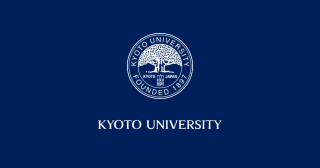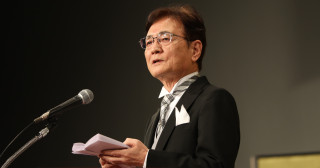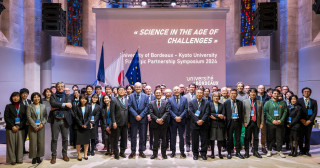A Kyoto University team led by Professor Toru Tanimori and Assistant Professor Atsushi Takada of the Graduate School of Science has been working on the development of an Electron Tracking Compton Camera (ETCC), which enables low-noise imaging and measurement of gamma rays based on geometrical optics. With the goal of developing practical applications for this device, the researchers partnered with Fukushima SiC Applied Engineering Inc, a developer of neutron generators and other components of boron neutron capture therapy (BNCT), together founding a new company, Kyoto Space Gamma, on 1 March.
Comments from the researchers
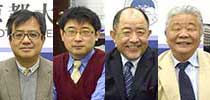
From left: Professor Tanimori, Assistant Professor Takada, Kyoto Space Gamma's President Manabu Ishimoto, and Fukushima SiC Applied Engineering's President Yuji Kokubo
Our laboratory has been working on a method to quantitatively image gamma rays based on geometrical optics, as well as a high-performance gamma-ray camera that features this technology. Kyoto Space Gamma was established as part of our efforts to accelerate the development of clinical and environmental applications for these inventions. The company will first work on applying its gamma ray-imaging expertise to visualizing particle radiotherapy, and developing diagnostic agents from a wide variety of radioisotopes, both of which are not possible with existing technologies.
We also aim to contribute to nuclear safety and security by developing high-precision imaging systems that can be used at nuclear facilities for maintenance, decontamination following a major incident, and reactor decommissioning, the last of which is expected to become a pressing issue in coming years.
Beyond these projects, we look forward to working on a planetary resource exploration satellite, which is part of our laboratory's long-term vision.
Overview
Kyoto Space Gamma will develop and market an ETCC-based cancer-treatment and -diagnostic system, as well as radiation visualization equipment.
Fukushima SiC Applied Engineering is currently working on a BNCT system that includes an extremely small neutron source. Kyoto Space Gamma aims to combine this system with ETCCs to develop the world's first integrated cancer-treatment and -diagnostic unit.
BNCT involves first injecting the patient with a tumor-localizing drug containing boron-10 (10B), and then irradiating the tumor site with low-energy thermal neutrons. In absorbing these neutrons, 10B emits alpha rays, lithium-7, and 478-keV gamma rays, destroying nearby cancer cells.
With the new ETCC system under development, emitted gamma rays are imaged and their directions measured as they pass through the body, with drug distribution and neutron irradiation monitored online so that the site and dosage can be adjusted. These steps help ensure the safety and effectiveness of both diagnosis and treatment.
ETCC technology has already proven capable of imaging 478-keV gamma rays emitted from 10B, making it the world's first tool with such a capability. Kyoto Space Gamma hopes to begin clinical testing of an ETCC-based BNCT system in three years.
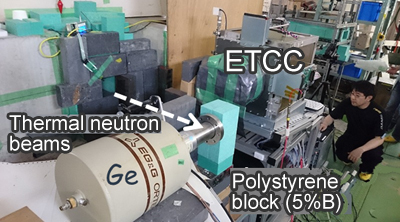
ETCC-based gamma-ray measurement
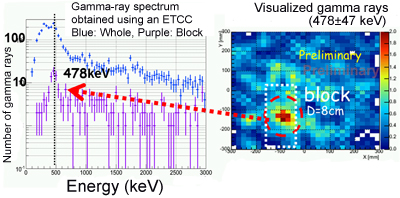
Gamma-ray spectrum obtained using ETCCs (left) and visualized 478-keV gamma rays



